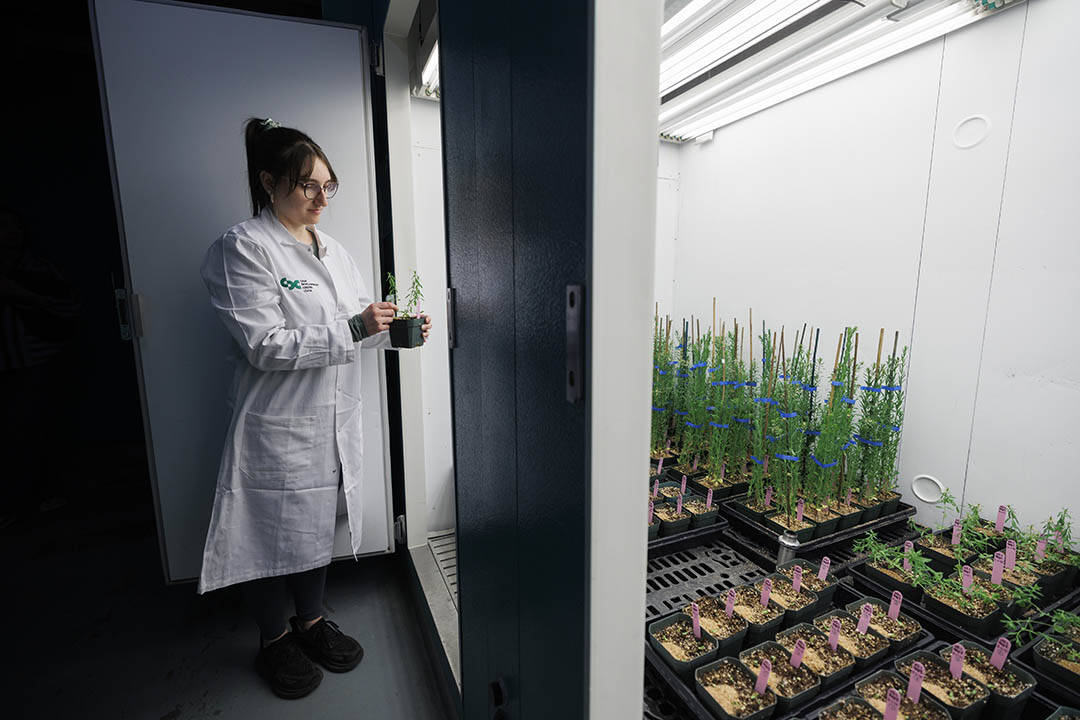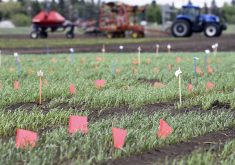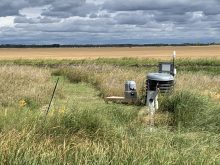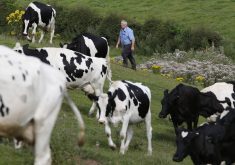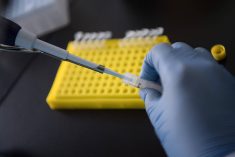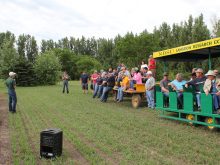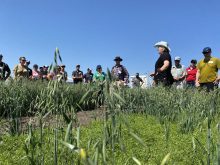The University of Saskatchewan’s College of Agriculture and Bioresources is upgrading existing facilities and building new ones so that it can expand research and development capacity, improve training opportunities for students and make room for more researchers at the Crop Development Centre.
Two new buildings, the Harrington Plant Growth Facility and the Soil Science Field Facility, will be built on campus near the Crop Science Field Lab on the corner Preston Avenue and 108th Street in Saskatoon.
The lab will also be undergoing renovations to make additional workspace available for the CDC, and all construction is expected to be completed by July 2026.
Read Also
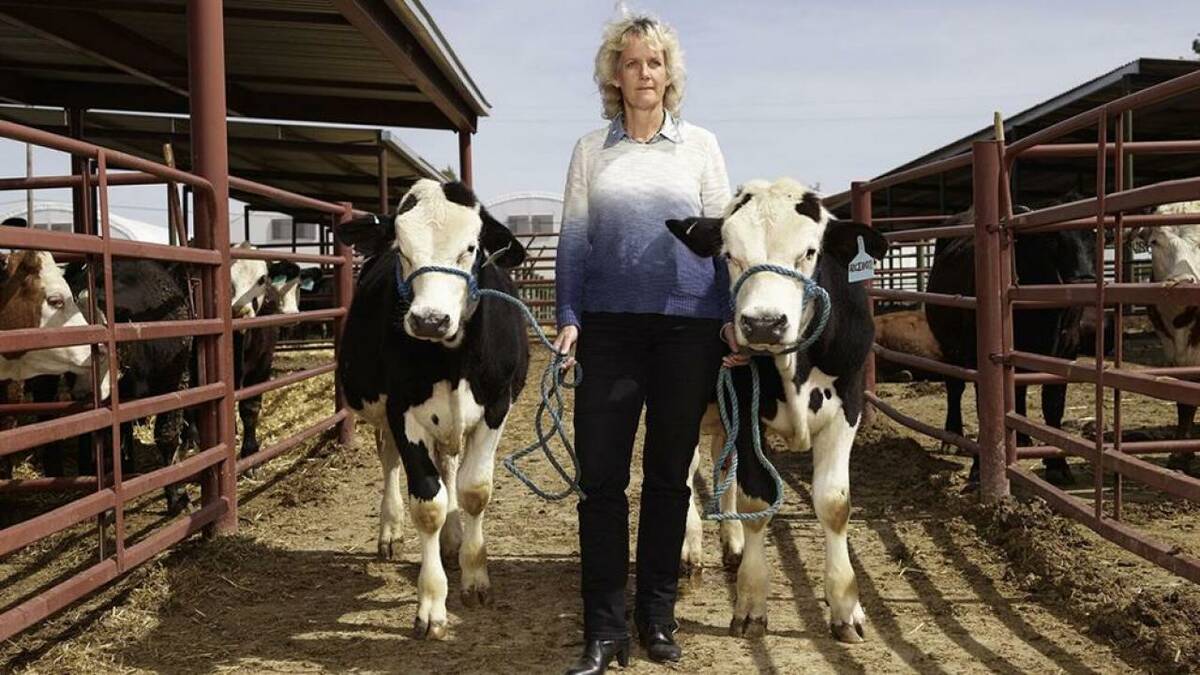
Stacking Canada up on gene editing livestock
Canada may want to gauge how Argentina and other countries have approached gene editing in livestock and what that has meant for local innovation.
“These new facilities will be instrumental in advancing critical agricultural research and will set the stage for addressing global challenges,” U of S president and vice-chancellor Peter Stoicheff said in a news release.
The funding for the infrastructure upgrades comes from a number of funders, but notably $7 million from the Western Grain Research Foundation, $2.3 million from the Saskatchewan Wheat Commission and $1 million from Saskatchewan Agriculture through the Sustainable Canadian Agriculture Partnership.
WGRF’s investment aligns with its priority research areas of variety development and agronomy. The new facilities will increase the research and work capacity and efficiency in these key aspects of crop production for the benefit of western Canadian grain farmers.
“They’re currently limited in what they can do (at the U of S),” said Wayne Thompson, WGRF’s executive director.
“They’re maximizing the use of their facilities now, and they see opportunities, and we as WGRF also see opportunities, for expanding research. So that, for example, the variety development can grow so that farmers are getting better varieties for their farm.”
Most of the current plant growth work is occurring in the university’s phytotron, which was built in the early 1990s with different research goals.
The new Harrington Plant Growth Facility will increase indoor growth space for breeding programs, expand workspace for seed processing and storage, and enhance lab space for field sample analysis.
Most importantly, it will shorten the timeline it takes for genetic work in the lab to be transfered to field tests and then into farmers’ fields.
“This (new facility) is more custom designed for this purpose,” said Angela Bedard-Haughn, dean of the university’s agriculture college.
“So, just the nature of the lighting in the space allows more rapid turnover, and just the size of the chambers will allow for more to be done at the same time.”
Aaron Beattie, a barley and oat breeder at the CDC, started the project at the centre and has been looking after its implementation. It’s been five years in the making, starting with a proposal on the CDC’s behalf to the WGRF outlining the infrastructure vision and overall cost.
“With this indoor facility, we can easily do three generations in a given year,” he said.
“And with some new tools that we’re trying to develop in terms of growing those plants faster, we’re hoping to maybe get that up to four generations per year.”
While accelerated breeding currently occurs at the university and CDC, the space and necessary equipment is in high demand for various research and projects. Beattie said this makes it difficult to operate the process on a “meaningful level.”
The new indoor growth facility will allow for easier use of genomic tools that can be used for genetic selection, and help speed up the process. With the new means of breeding, researchers hope to see an increase in yield, quality or disease resistance in successive generations of varieties to help address crop issues quicker.
Beattie expects the new facility and tools will shorten the breeding process by one and a half to two years, which means new varieties in five years rather than seven or eight.
“When you tell someone it’s going to take eight years to do something, it can really turn funders off,” he said.
“Or just knowing that if you’ve got a problem today, it’s going to take quite a number of years to fix it. Anything you can do to shorten that really does help.”
The Soil Science Field Facility will focus on soil health and agronomy research and is intended to meet the high level of growth and activity in the field research program that’s occurred in the last few years.
With the facility, soil scientists and students will have better equipment and space for soil and plant drying, soil and plant processing for analytical analyses and storage of soil and plant material from research trials.
“We needed a field facility where we have the space for the equipment,” said Bedard-Haughn.
“But also the space for working with those samples, processing the samples and then getting them ready to bring into the agriculture building for the higher tech analytical aspects.”
Colin Laroque, head of the soil science department, said they’ve been waiting for years for a facility like this to grow their test sites and research capabilities. With it, they’ll be able to learn more about Saskatchewan’s soil.
“We feel like the end users and all the producers groups will benefit from all of our research,” he said.
“Because we’ll be able to give them some practical hands-on ways of testing and building their soil health on the farm by allowing us to go out and collect things and bring them back here to the university to be tested.”
Over the last few years, those at the department have been collecting samples across the province, but with the facility they’ll be able to handle a much larger capacity. They’ll also increase tests for parameters such as soil carbon and nitrogen.
Laroque said equipment orders are currently underway for the new facility, and there will be signifcant updates. The department will be increasing from manual systems to two robotic systems, increasing capacity through automation. Once everything is established, he expects they’ll be able to analyze nearly 1,000 samples per week.
“We’ll really double or triple our capacity, to be able to put through the amounts of samples that we want to put through, and to really do Saskatchewan as a province justice,” he said.
“Just because it’s so big, the soils change from so many areas. By running a huge amount of soils, the numbers will actually be able to give back to the landowners and the farmers that ability to say, ‘in this location, this is the best recommendations we can give you for improving your soil health.’ ”


